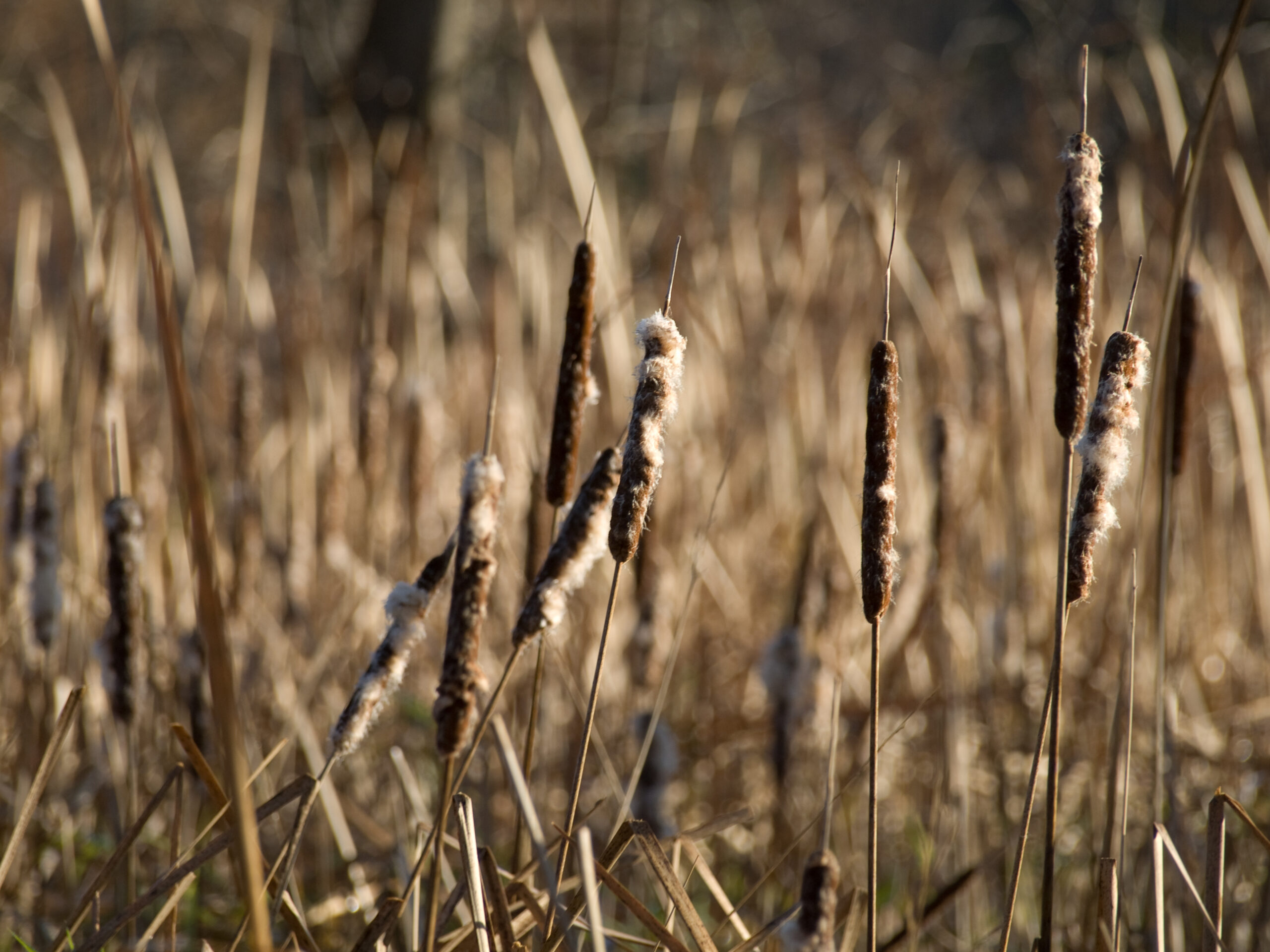
Walking through the Montana forest has given me a greater appreciation of what the forest has to offer, whether its meat, plants, or medicine. In the past few years I’ve been learning plants and what they provide in terms of food. Here are ten of my discoveries that I think are useful for any prepper to keep in mind when it comes to foraging.
10 Wild Edibles for Food and Medicinal Purposes
Cattails
Open up any survival guide and inevitably you’ll find cattails. There’s a good reason for this. First, they’re easily identifiable. Second, nearly every part of a cattail is edible. You can eat the roots, the flower spikes, and the pollen from the head can be made into flour. In the spring, you can eat the leaves and the shoots. The main thing to be aware of is that you should never eat anything that doesn’t have the characteristic cattail seed head. Those plants in swamps that don’t have cattail heads can be poisonous.
Also read: Plant and Defend: Basics of Defensive Plants
Elderberry
Elderberry or Elder plants are responsible for my interest in foraging. I have an elder tree right next to my driveway. Naturally, it decided to be finicky and produce a few clusters of berries — enough to make me interested but not enough to do much with. So, I ended up looking around the forest for these little treats. If you go to the natural food stores and take a peek in the medicine area, you’ll find elderberry syrup for coughs and colds. With good reason. These little gems have been used for centuries to treat colds, flu, wounds, and a host of other ailments. It’s even suggested they may have properties that help repair damaged cells. When you eat elderberry, be sure it’s cooked. A few berries won’t hurt, but if you don’t cook them, you can get sick for cyanide poisoning.
Oregon Grape
Another interesting plant growing on my property is the Oregon grape. It looks sort of like a holly but with yellow flowers or purplish berries. These berries are tart and make excellent jelly. You can use the roots and stems for their antibacterial properties. Strip the bark off and make a tea from the yellowish interior. You can then put the cool tea on the wound. The berries are actually good for digestive upsets and to use as a laxative.
Yarrow
This unobtrusive plant looks like a little fern that has a cluster of flowers in the summer. Yarrow is a great medicinal plant that can help wounds clot by crushing the leaves and placing them on the wound. One person at the local farmer’s market swears by yarrow to treat nosebleeds. Its tea made from the flowers has been used for headaches, flu, colds, and other ailments.
Mullein
Mullein is one of those plants I thought was utterly worthless when I saw it. It grows everywhere, or so it seems, especially near roadsides. The truth is Mullein is a powerhouse for sore throats, working as as expectorant. Called “cowboy’s toilet paper” by some, the leaves are soft with fine hairs. I suspect they would do in a pinch. Mullein may have some properties that fight flu. It’s also great for wounds, bruises, skin infections and other skin problems.
Pine
Pine needles are a great source of vitamin C, so if you’re game, gather some pine needles and make a nice tea from them.
Plantain or Plantago
Not the banana like fruit with the same name, but an herb, plantain is an amazingly nutritious and healing plant. Found just about everywhere, it has antibiotic properties and works as an antihistamine. The leaves are tasty and used in salads or cooked like spinach. It works on rashes and insect bites as well as minor wounds.
Wild Rose/ Rose Hips
If you’re looking for a quick, nutritious snack, you can’t do wrong with the fruit of the wild rose, called rose hips. These little morsels are high in vitamin C as well as vitamin A and E. I’ve seen these in the wild, but they’re a favourite with bears as well as humans, so be forewarned.
American Mountain Ash or Rowan
The rowan is one tree whose berries looked dangerous to me but in fact are edible if cooked. They are bright orange or red, and taste very sharp raw, which is actually very good. You shouldn’t eat many of them raw because like many wild berries, they can have high amounts of cyanide, hence the need for cooking. People make jellies and compotes for meat with them.
Morel Mushrooms
Morels are amazing mushrooms. These yummy mushrooms often appear the next year after a forest fire. They are poisonous raw, but cooked are simply worth the work looking for them. Beware of false morels that are poisonous but easy to identify. Morels have a honeycomb appearance and have a large cavity inside of them while a false morel does not.
Don’t be fooled
As always, be 100 percent certain of the type of wild plant you’re eating or using. Many edible and medicinal plants have deadly lookalikes. When in doubt, consult a professional.
Post by John Miler
Self-sufficiency and Preparedness solutions recommended for you:
Survival MD (Knowledge to survive any medical crisis situation)
The Lost Super Foods (126+ Survival Foods and Tips for Your Stockpile)
The Lost Ways (The vital self-sufficiency lessons our great grand-fathers left us)


